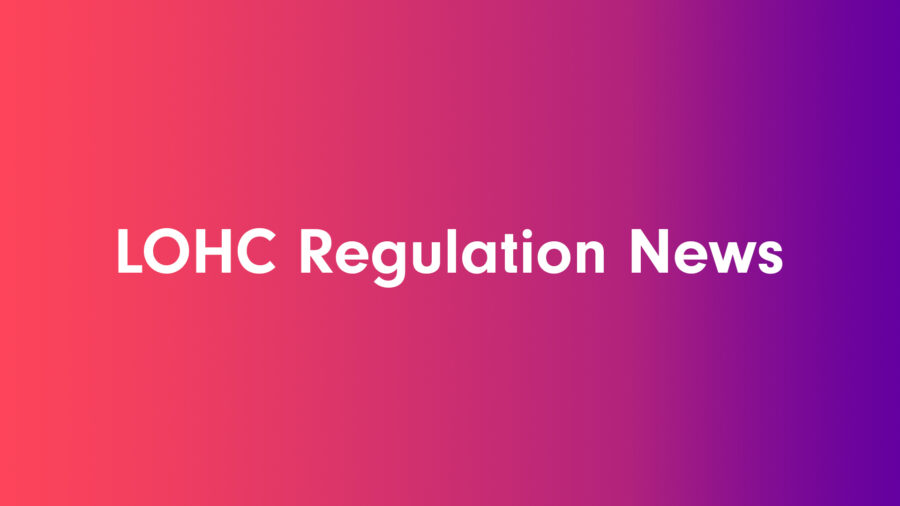
Commentary on the National Hydrogen Strategy (NWS): ramp-up of LOHC technology becomes apparent in update
Germany/Berlin. In its National Hydrogen Strategy, the German cabinet sets out the goal of the rapid establishment of an hydrogen import infrastructure in Germany and Europe to be able to meet the foreseeable demand with sustainable hydrogen and hydrogen derivatives produced both within and outside the EU at an early stage. In the medium to long term, the NWS also considers imports using liquid organic hydrogen carriers (LOHC).
For hydrogen imports, which are planned to be largely ship-based by 2030, the German government is counting on the accelerated development of import terminals that can be converted to hydrogen or hydrogen derivatives. LNG terminals could be suitable for landing ammonia and methanol in the future – LOHC technology, on the other hand, can use already existing liquid fuel import infrastructure.
The National Hydrogen Strategy also announces the publication of a “Hydrogen Import Strategy” for the current year, considering both European and non-European imports. In addition to hydrogen imports via ship, pipeline-bound transportation is also planned to realize international hydrogen imports. We support the announced broad diversification of import channels, as it is the right way to avoid new dependencies from a geopolitical point of view!
Additionally, the expansion of renewable energies in Germany and the development of electrolysis capacities are necessary. However, this also requires innovative storage technologies for hydrogen such as the LOHC technology.
Statement Daniel Teichmann, CEO and founder Hydrogenious LOHC Technologies
“As part of the update of the National Hydrogen Strategy, the German government emphasizes the importance of LOHC technology for Germany’s hydrogen supply. Regarding ship-based hydrogen imports, the need for a technology-open approach for transportation is acknowledged. Furthermore, the broad diversification of import channels announced for the import strategy is the right way to avoid new dependencies.”
For more information please see the update to the national hydrogen strategy (German) here: Fortschreibung der Nationalen Wasserstoffstrategie